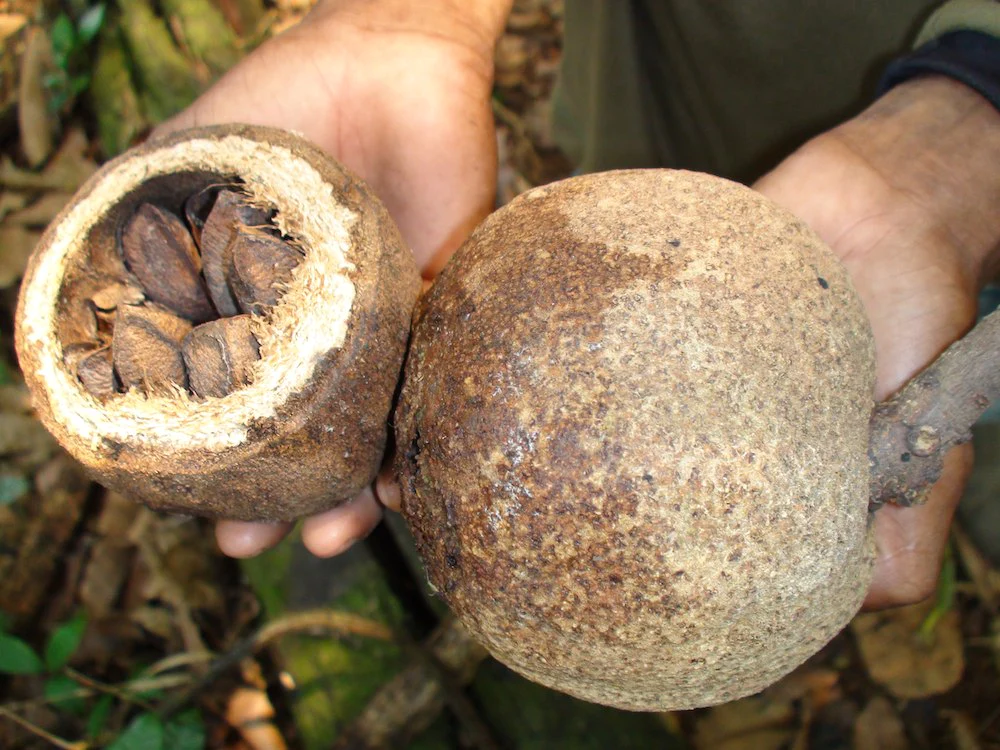Brazil Nut
BRAZIL NUT
The Brazil nut is a dry, tasty and healthy fruit, source of energy, fiber and protein without calories. Its high caloric content derives from monounsaturated fats, which help to increase the “good cholesterol” in the blood. It is one of the main ingredients of food for children and newborns.
product description
In Peru it is found in the region of Madre de Dios, border area with Brazil and Bolivia. It occupies an area of 2.5 million hectares. Of the total, 1.2 million are trees of continuous production, which guarantees their exploitation throughout the year.
The brazil nut is not grown, it is harvested from the forest in an organic and sustainable way, taking advantage of what each tree produces in a year. A brazil nut tree reaches maturity at 15 years and its maximum production at 25. Its life span is 100 to 200 years and produces about 300 fruits. Each fruit, the size of a coconut, contains around 15 nuts. The activities related to brazil nut production represent the livelihood of 30% of the families that live in the area. You can eat raw, toast or as an ingredient in a variety of sweets and delicacies.
BENEFITS
- Its high water content, almost 50% of its weight, and its minimum amount of fat, similar to cereals, make it one of the lowest calorie dry fruits.
- The carbohydrates that they contribute are the so-called “complexes”, which the body absorbs slowly, so that they maintain balanced sugar levels and remove the sensation of hunger.
- Its content in B2 is beneficial for skin care.
- It favors the synthesis of proteins and converts hydrates into glycogen.
- It emphasizes its contribution in potassium, which helps control fluid retention and prevents hypertension.
- Consumed as oil, it is rich in unsaturated fats, helps reduce the level of cholesterol in the blood.


